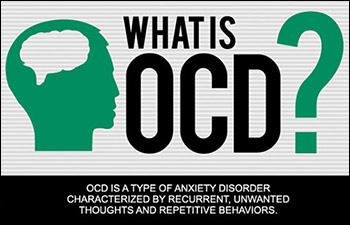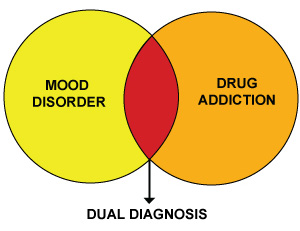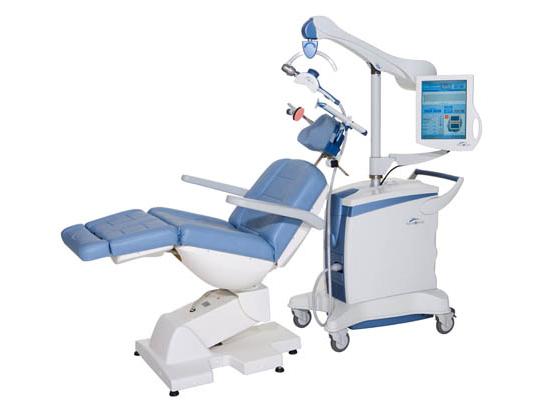We all know somebody who obsessively checks things three or four times, and sometimes we may even remark that their OCD is kicking in, without even giving it a real thought they might actually have the anxiety disorder known as Obsessive Compulsive Disorder. It’s simply an all too common expression.
 The truth is, Obsessive Compulsive Disorder affects over 2% of adults in the United States, or roughly 1 in 40 people over the age of 18, according to the National Alliance on Mental Illness (NAMI). For children, the number is about half that.
The truth is, Obsessive Compulsive Disorder affects over 2% of adults in the United States, or roughly 1 in 40 people over the age of 18, according to the National Alliance on Mental Illness (NAMI). For children, the number is about half that.
What’s really alarming is OCD comes in as the third most debilitating mental health disorder, behind Bipolar Disorder and Drug Dependence. The disorder can consume significant amounts of time each day to obsessions or compulsions, and creates a stressful environment that interferes with normal daily life at work and home.
What are the Most Common OCD Fears and Urges?
- Germs
- Numbers
- Need for perfection
- Illness or death
- Throwing things away
- Orderliness
- Uncertainty
Postpartum OCD frequently occurs with new mothers caring for, and obsessing over their newborn babies and often combines with depression. It’s estimated that nearly 3% of mothers will experience these disorders. Postpartum OCD presents itself as extreme fear of germs and that something bad will happen to the baby. This usually leads to obsessively washing clothes, baby dishes, and steering clear of other people who might cause the baby to get sick.
Obsessive Compulsive Disorder can be successfully treated with therapy and medication, but overcoming the shame and fear is the biggest obstacle to treatment. Many people, especially new mothers, feel their fears are completely warranted and don’t see their obsessions as an actual problem. Left untreated, it can develop into something more serious such as a major depressive disorder. And because OCD is often paired with other conditions like bipolar or anxiety, it can be more difficult to diagnose.
It’s important to seek help for any mental health condition as early as possible before it gets out of control. It’s up to everyone to help others understand there’s no shame in seeing a doctor or therapist.
The infographic below illustrates the major points about Obsessive Compulsive Disorder and outlines facts, causes and symptoms of OCD. To see this in a larger format, visit News by Design.







